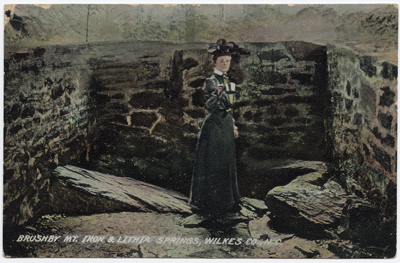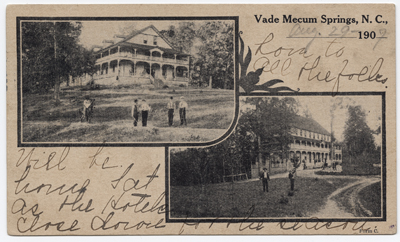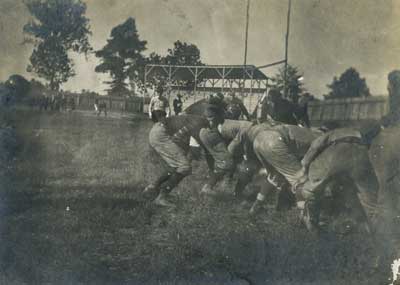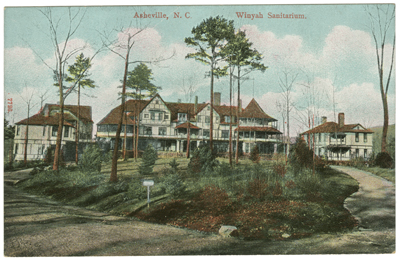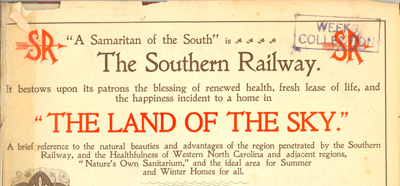On this day in 1996 Random House published “Primary Colors,” a roman a clef based on the 1992 Clinton presidential campaign. It quickly sold more than a million copies in hardback. The author remained “Anonymous” until a document examiner in Wilmington exposed him as Newsweek columnist Joe Klein, who had repeatedly denied involvement.
This is an excerpt from “Serif Sleuth” by Warren St. John in The New Yorker:
“Around the time Joe Klein was working out the details of a management-imposed vacation from [Newsweek], Maureen Casey Owens was sitting in her office, wondering what all the fuss was about. ‘For me, it was just another handwriting case,’ Owens said.
“Owens spent 25 years in the laboratory of the Chicago Police Department…. In 1987 she went into private practice, and she now spends most of her time on civil cases, figuring out the clever and often not so clever ways people alter or fabricate wills, contracts, insurance policies and other potentially lucrative documents. In 1993 she helped prove the highly touted ‘Diary of Jack the Ripper’ was ‘not genuine,’ as she put it. And in July she received a call from Washington Post writer David Streitfeld regarding the matter of Anonymous….
“Owens had a sample of Klein’s writing, which she compared with notes on an early draft of ‘Primary Colors,’ a book she has yet to read. Examination through the microscope revealed ‘a tendency toward an “open lowercase a” with a slight right-hand serif,’ Owens said, and ‘a “wide w” with a low center and a curved ending movement,’ not to mention ‘an “open g” with a straight downstroke.’
“Four days after receiving the writing samples, Owens called Streitfeld with her finding. The two samples, she said, were ‘entirely consistent’; they had their man.”



